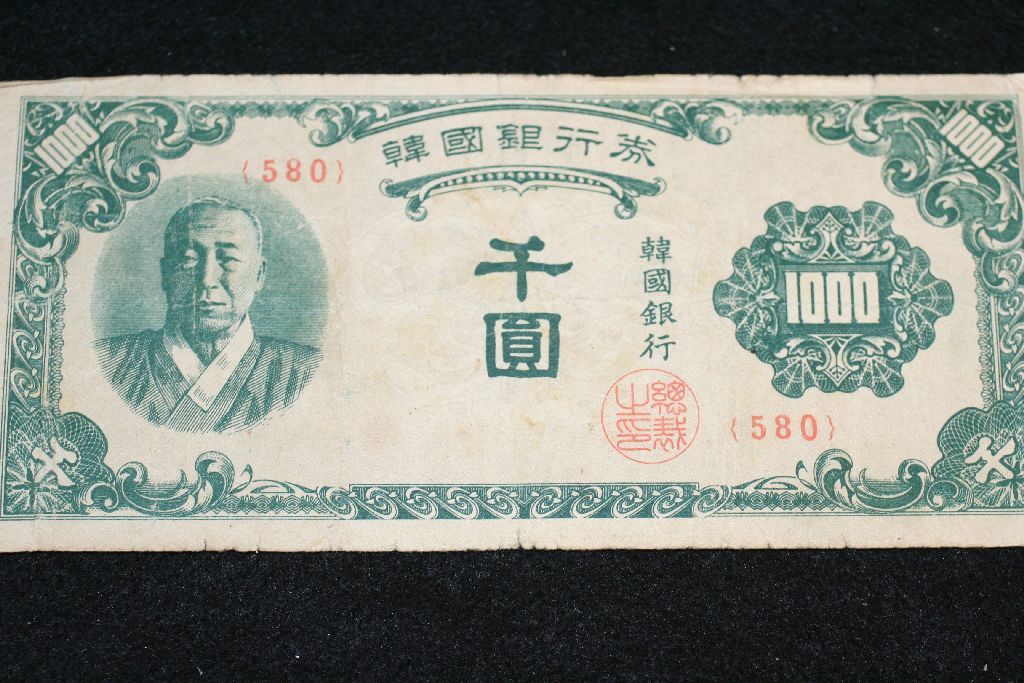

The other reasons include the lack of demand and rising costs.ĭue to these changes, there were many denominations of paper currency which also includes the $1000 bill. One of those reasons is to overcome the sophistication of thieves. Roosevelt ordered all gold to be turned in as part of his New Deal laws. The $1000 bill was first issued by the Federal Reserve in 1929 and could be exchanged for gold coins at any bank until 1933 when President Franklin D.

In 1928 paper money was changed to its current size.ĭue to this, the printing of $1000 notes was increased, and millions of these notes were printed.Īlmost thousands, out of those million notes are still available and are owned by the general people and the old money collectors. These notes were issued by the Continental Congress which represents 13 colonies.Īt that time these $1000 bills were used only in real estate deals and for transferring money from one bank to another. This is an organization that studies coins and currency. This was said by Matthew batman who is an assistant curator at the American numismatic society. These notes were also printed to help finance the revolutionary war. But this note was saved by very few people and became very rare and can be found still today. But the war broke out which made this Confederate money much worthless.Īfter the civil war, many people destroyed and burned these notes as they were of no value after that. In the same year, this note was included among the first banknotes by the Confederate States of America.Īt that time Montgomery was the original capital of the Confederacy.īut because of the Montgomery issues in 1861, these notes could have been very valuable. A Gary 1000 note was selected for the Royal Society of Painter Printmaker’s technique specific exhibition ‘The Masters: Screen and Stone.The US government issued the first $1000 bill in 1861.
#1000 BANK NOTE FULL#
The full set (Full House from the Rebel Bank) was selected for the Royal Society of Painter Printmaker’s National Original Print Exhibition 2018. The bank notes are in the collections of the V&A Museum, British Museum, Museum of London, Fitzwilliam Museum, William Morris Gallery/Vestry House Museum, Bank of England Museum and Smithsonian. The sale of our banknotes raised £40,000. In place of the Queen, leaders of the local foodbank, homeless kitchen, youth project and primary school grace HSCB banknotes.Ī) Raise money for the 4 causes featured on each note ( Barn Croft Primary School, Eat or Heat Foodbank, The Soul Project and Pl84U-Al Suffa)ī) Contribute to a debt abolition fund in which 1.2 million pounds worth of local predatory payday debt is bought up, written off and symbolically destroyed. Between 5th-23rd June 2018 we focused on a special edition of big money - making ltd edition 1 notes from obsolete Bank of England notes.
#1000 BANK NOTE CRACK#
HSCB (Hoe Street Central Bank) has been printing its own money in the former Co-Op Bank on Hoe Street in the London suburb of Walthamstow.īetween 12th - 25th March 2018 a crack team of locally recruited people of all ages and backgrounds worked with artist Hilary Powell to print banknotes of 1, 5, 10, 20 and 50 in just fourteen days.


 0 kommentar(er)
0 kommentar(er)
